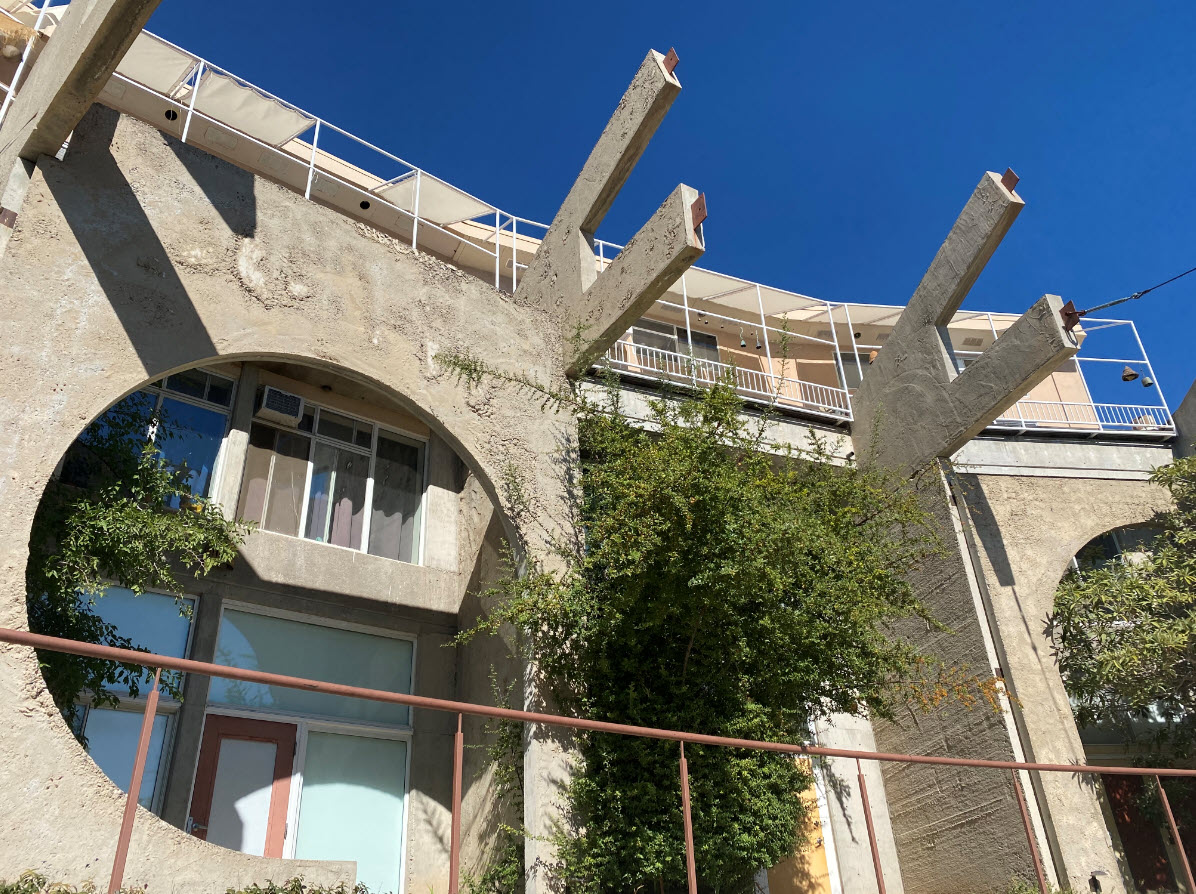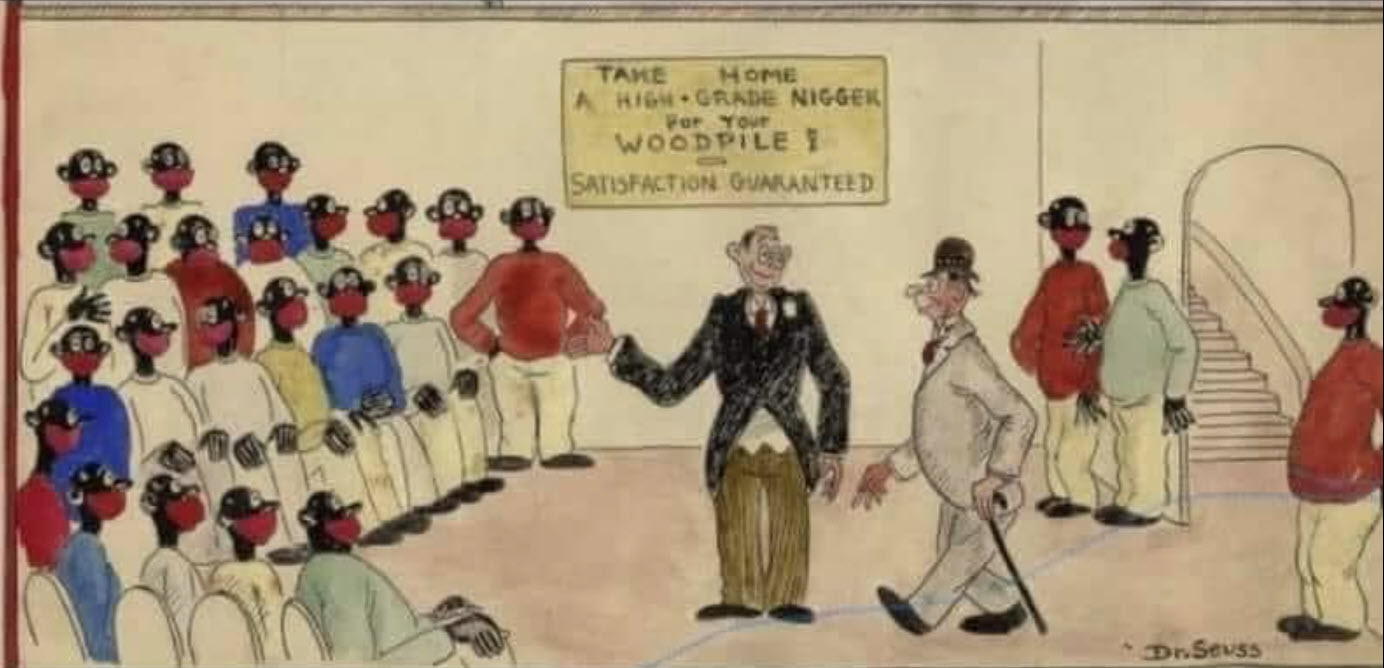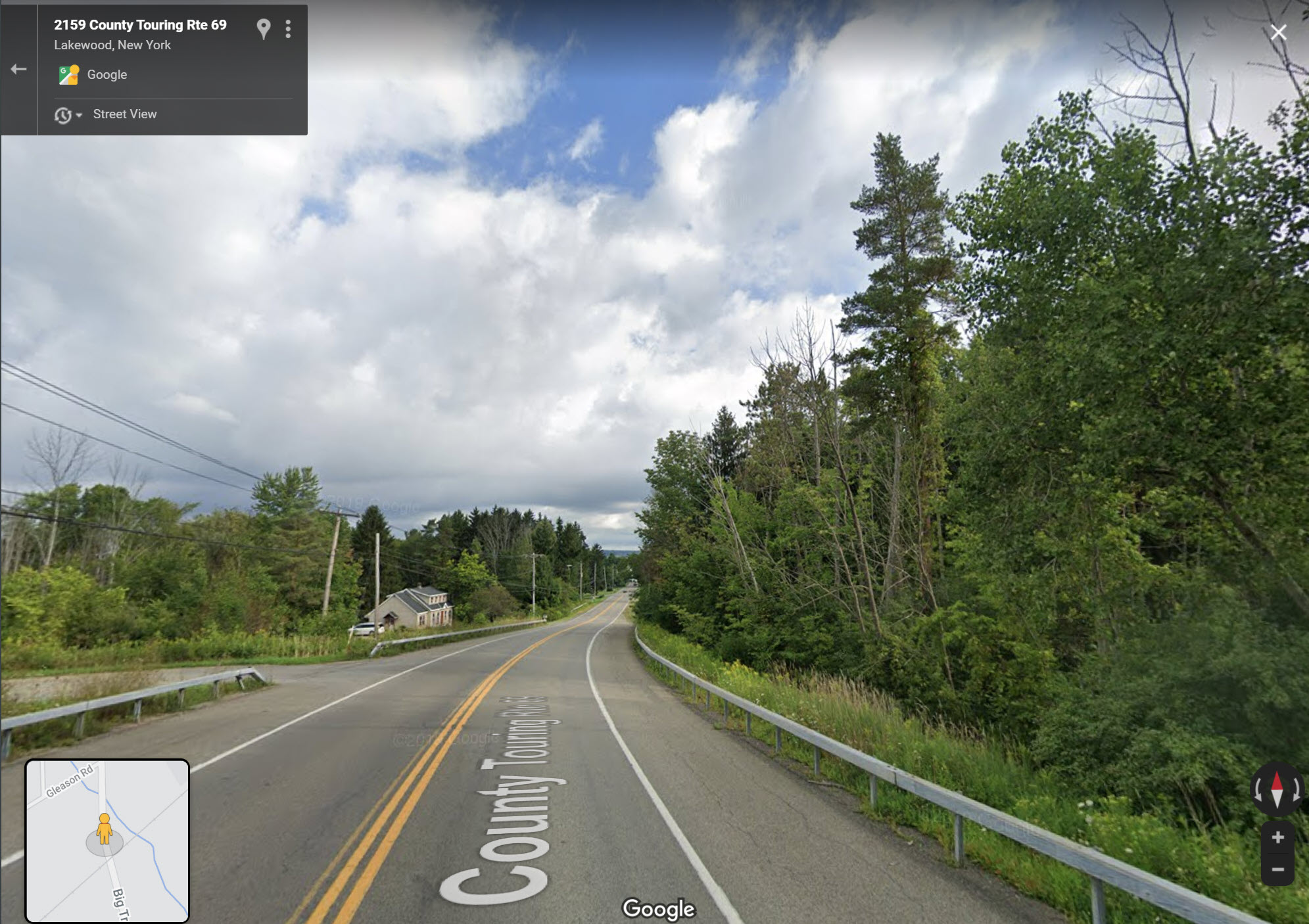Arcosanti is an “experimental city” in the desert about 70 miles north of Phoenix, Arizona. It is a spatial experiment and urban laboratory built by more than 8,000 participants, mostly volunteers and workshop members from all around the world over a 50 year period. The first buildings were erected in 1970.
Arcosanti is focused on innovative design, environmental accountability and experimental learning. It is home to a small but vibrant community of currently about 75 people, living and working in various mixed-use buildings and public spaces.
The project was started by the visionary architect Paolo Soleri (1919 – 2013) who was the leading force behind the project for most if his life, starting in the 1950s.
You can find out more about many of the details at arcosanti.org or, more factual, at the wikipedia page.

The first time I visited Arcosanti was in 1978, over 42 years ago. I went back a few times through 1984, but have not been back there since then. I have no pictures from those visits, only distant memories and impressions.
I remember thinking at the time that it was an interesting and admirable experiment in design and living, run but a group of hippies and idealists, but that it would never “get off the ground.” In the early years it didn’t change much.
So I was definitely interested in what I would find now in 2020.

We arrived at 9:00am on Friday morning, after a few miles off the I-17 freeway, driving down a dusty washboard dirt road through the desert. The parking lot was still empty. Our car was the only one there.

The path down to the visitor center was not too friendly, with decrepit benches and weeds that hadn’t been trimmed in years.

Here is the entrance to the visitor center.

Arcosanti makes a significant portion of its revenue from the sale of bells, both clay bells and copper bells. Prices range from $50 up to many hundreds of dollars for the larger and more elaborate ones. There are many to choose from in the gallery on the main entry floor.

We signed up for a guided tour of the entire facility, where we saw the main buildings and learned about their use. Above is the “Apse” which is a half-dome that serves as the shop for where the clay bells are made.

Then there are the iconic arches, which is the feature that every visitor to Arcosanti will remember forever. These arches were there when I first visited, and they are still there now, and they look exactly the same, perhaps a bit more weathered and worn, but still carrying the “unfinished look” they had over 40 years ago.

Here is the amphitheater and some living quarters behind it.

Looking up, you can see the attachments for the canopy over the amphitheater that has never been completed.

More living quarters, and a greenhouse in the back.

Here is a view of the foundry, a domed building with offices and living quarters close by. The main central area is where the copper bells are poured in sand forms.

Our tour lasted about an hour and a half and ended in the cafeteria, a few levels below the gallery in the main visitor building.
Here 
Here is a view out the cafeteria window to the south.

Another view. The cafeteria also serves as a display area for artists to show and sell their pottery, jewelry, garments and many other objects.
The community attracts about 40,000 visitors every year.
The existing structures at Arcosanti are meant to begin to provide for the complete needs of a community. They include: a five-story visitors’ center/cafe/gift shop; a bronze-casting apse; a ceramics apse; two large barrel vaults; a ring of apartment residences and quasi-public spaces around an outdoor amphitheater; a community swimming pool; an office complex, above which is an apartment that was originally Soleri’s suite. A two-bedroom “Sky Suite” occupies the highest point in the complex; it, as well as a set of rooms below the pool, is available for overnight guests. Most of the buildings have accessible roofs.
— Wikipedia
Of all the buildings there, the last one was completed in 1989. This means that for over 30 years, no new construction has been undertaken and the community has not grown.
Arcosanti looked unfinished and untenable in 1978, and it still looks exactly that way now. It’s an experiment that never quite got off the ground when the founder and visionary was driving it. Now that Soleri is no longer alive, I wonder if there is enough will and stamina to keep it growing.
When Arcosanti was home to a few dozen people in 1978, I thought it would be home to hundreds, or thousands, in the years to come, as their plans indicated. That has not happened as of now in 2020.
I wonder what will happen in the next 40 years? Of course, I will never know.
But I am sure there will be an Arcosanti, baking in the Arizona desert sun, for many decades to come, and visitors will take home the beautiful bells. Here is ours, gracing our patio at home:

If you have the chance to stop by, I recommend you do so.
Like this:
Like Loading...


































